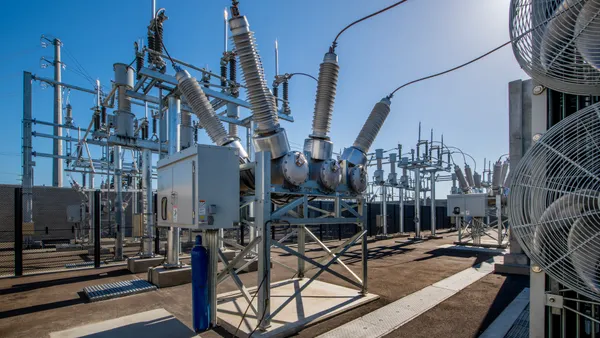Dive Brief:
- After several high-profile storms that caused widespread outages, several Northeast states are pursuing microgrids as a means to keep the power on for essential services when the central grid is down.
- Maryland recently issued a roadmap to deploy microgrids through the state. Connecticut already has $18 million invested in nine microgrid projects, with another $15 million slated for 5-10 more projects this year.
- New York has invested $40 million in microgrid development, as has Massachusetts. New Jersey is the only state using microgrids to keep its transportation system running.
Dive Insight:
Microgrids can help the electricity system respond to the demands of climate change and increasingly adverse weather in both summer and winter, said Abigail Ross Hopper, chairwoman of Maryland's microgrid task force. Analysts with Navigant Research predict microgrids will hit $40 billion in global yearly revenue by 2020.
Campus-style microgrids, which serve a single customer, work best for locations such as hospitals and universities. "Public purpose microgrids," which serve multiple customers and cross utilities' franchise rights-of-way, work best for small towns and housing estates.












